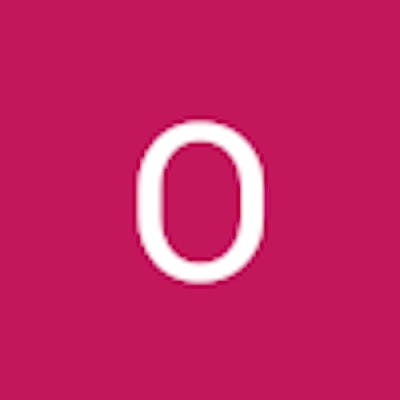Exploring UX Case Studies: "Redesigning the New York Times app" as a focus
A UX case study is a detailed examination and documentation of a UX design project or process. A case study provides insights into how a designer or team approached a specific design challenge, their methods, decisions, and the outcomes of their work. There's a lot a designer can learn from a well written documentation. In this article I'll talk about three major things I learnt from a case study i encountered recently.
A team of three individuals, each comprising different roles noticed that the New York Times app was losing the love of users. They therefore worked on the app's redesign by adding a subtle and useful feature to the landing page called Timely. Johny Vino, the interaction/visual designer on the team published the documentation of their process on his medium page which I studied. The following are my key takeaways:
Defining Target user: The scope of users was first defined. This is because the needs and challenges of different demographies of user vary. Hence, it is necessary to know who you're designing for. This is what will help you understand the painpoints and day to day challenges of your potential users. With this, you'll come up with suitable solutions that are particular to your users.
Maintaining working functionalities: When redesigning a product, it's necessary to know what features and functionalities are actually effective. In the redesign project we're considering, they noticed the background of the app in place was simple to use. The background was therefore maintained so users don't have to learn a new pattern. This is important because users that have seamlessly integrated the experience into their daily program might face frustrations when they have to learn something new.
Testing you ideas: In the initial phase, they came up with fifteen concepts to solve the problem. Then they tested it out with the VP of design New York Times to know the sustainability and viability of the notions. They also put it to 15 user test groups to vote the best idea. Their initial concept to showcase news using the calender view was invalidated by the VP of design who pointed out that 96% of users use portrait mode.
From this, I learnt to try to come up with as many ideas during the ideation phase. The ideas can now then be tested out to see which of them to choose. Also, in making design decisions, not just the user, but also the business should be considered. This ensures that created solutions are:
Desirable: Meets users'expectations and needs.
Feasible: Can be implemented.
Viable: Aligns with business objectives and strategies.
Conclusion
I learnt a lot more from the case study. However, I had to highlight these three because they are very important but can be easily missed. I hope you've also been able to learn one or two. Till i write to you again.
